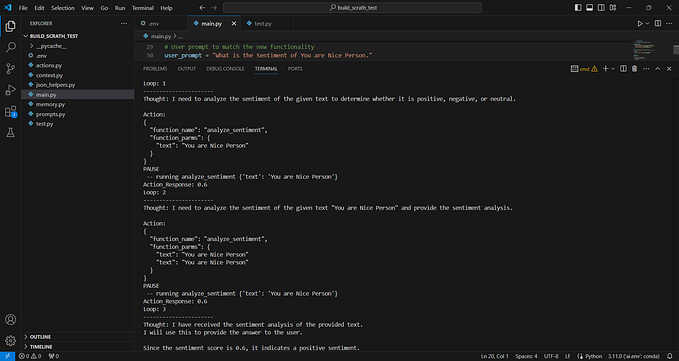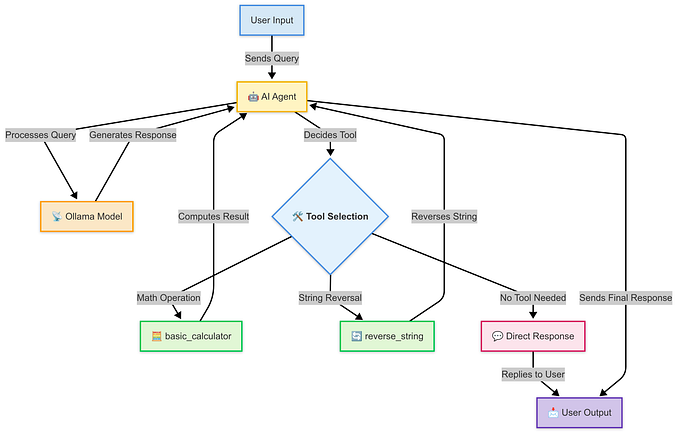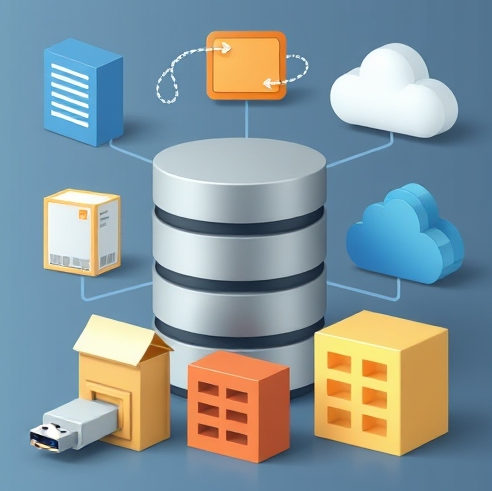
LangGraph Studio: The first agent IDE
The landscape of LLM (Large Language Model) applications is rapidly evolving, and so is the tooling required to develop them. We are thrilled to announce the open beta launch of LangGraph Studio, the first Integrated Development Environment (IDE) specifically designed for agent development. LangGraph Studio revolutionizes the way you develop LLM applications by offering tools to visualize, interact with, and debug complex agentic applications.
What is LangGraph?
LangGraph, launched in January 2023, is a low-level orchestration framework designed for building controllable and complex agentic applications. It’s beneficial for creating applications requiring highly domain-specific cognitive architecture and human-in-the-loop interactions. LangGraph is open source, available in Python and JavaScript, and integrates seamlessly with LangSmith, whether or not you use LangChain.
Features of LangGraph Studio
LangGraph Studio is designed to streamline the development of LLM applications. Here’s how it helps:
- Visualization: Easily visualize the structure of your agent graphs.
- Interaction: Modify agent results and the underlying logic halfway through the agent’s trajectory, enabling an iterative development process.
- Debugging: Interact with the agent state in real-time, interrupt agents, and run in debug mode to pause after each step.
How LangGraph Studio Enhances Development
LangGraph Studio makes it easy to understand, interact with, and iterate on your agent graphs. Here’s a step-by-step guide to getting started:
Download and Install:
Currently available for Apple Silicon, with more platforms coming soon. You can download LangGraph Studio.
Setup:
- LangGraph Studio requires docker-compose version 2.22.0+ or higher. Please make sure you have Docker installed and running before continuing.
- To use LangGraph Studio, make sure you have a project with a LangGraph app set up.
- For this example, we will use this example repository here:
git clone https://github.com/langchain-ai/langgraph-example.git- You will then want to create a
.envfile with the relevant environment variables:
cp .env.example .env- You should then open up the
.envfile and fill in with relevant OpenAI, Anthropic, and Tavily API keys. - Note: do NOT add a LANGSMITH_API_KEY to the .env file. We will do this automatically for you when you authenticate, and if you do this manually this may cause errors.
- Once you’ve set up the project, you can use it in LangGraph Studio. Let’s dive in!
Log In:
- Log in with your LangSmith account (free accounts are also supported).

Open a Directory
- Ensure the directory contains a Python file with a defined graph and a
langgraph.jsonfile specifying agent details and dependencies. - For an example repository that meets these requirements, see this GitHub repo.

Build the Environment:
- we will build an environment for your agent to run. After it builds, you should see a visualization of the graph along with a box for interacting with the agent.

Interact and Iterate
- Visualize the graph, interact with the agent in real time, and make necessary modifications.
Conclusion
Developing agentic applications is distinct from traditional software development, necessitating specialized tools beyond standard code editors. LangGraph Studio meets this need by providing a dedicated IDE designed to visualize, interact with, and debug complex agent graphs, making the development process more intuitive and efficient.
LangGraph Studio represents a significant step forward in the evolution of LLM application development. We’re excited to see how this new tool enhances your workflow and enables the creation of more sophisticated agentic applications.









